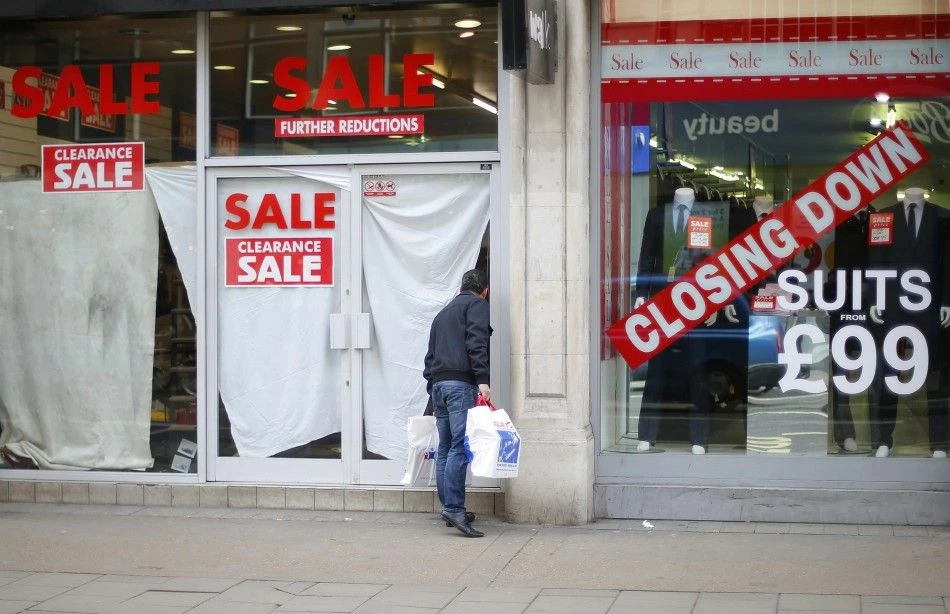
Partner Article
More collaboration and strategic planning needed to address High Street crisis
As the think tank Policy Exchange calls for “shutting down high streets” and new figures show that one in seven shops are vacant, Philip O’Loughlin, commercial property lawyer at hlw Keeble Hawson Leeds, suggests that what is needed is more co-ordination, greater collaboration and fewer hasty decisions.
“In recent weeks we have seen polarised views in response to the issue of empty shops in our high streets, as though there could be a “one size fits all” solution to such a complex socio-economic phenomenon. A good example of this was the pressure put on Mary Portas to solve the problem using public funds and her magic retail touch. Her ambitious plans to breathe life back to a handful of troubled shopping centres – once championed as the solution to retail closures – have since been vilified by some and, according to some sources, may even be a bit of an embarrassment to the Government. Veteran retailer Bill Grimsey is calling on national retail and leisure chains to pump funds into ailing town centres, whilst others call upon the Government to relax planning controls.
“Yorkshire has, as a whole, some of the highest rates of shop vacancies – nearly 17 per cent across the region compared with nine per cent in London. But within Yorkshire and the Humber, there are variations showing a more complex picture. Dewsbury and Grimsby are among the worst hit towns in the UK, according to the recent Local Data Company report, yet York is the best performing large centre after Cambridge, and Harrogate is also performing well.
“Findings from Bill Grimsey’s British High Streets Review should come as no surprise to anyone because this is not just a 21st century phenomenon. Here in Yorkshire we have the best example in England of what happens when a place starts haemorrhaging people: Wharram Percy, a deserted medieval village near York. The village couldn’t survive a combination of socio-economic factors that drove its population away. This may have happened 500 years ago but it shows that that you can’t force people to live or work in one particular location; rather, it’s because of people’s desire or need to work, live or shop in a place that anywhere is first occupied and then continues to thrive.
“Solutions that not only merely ignore the complexities, but seem designed to draw attention away from them in an attempt to grab headlines, really don’t help. We need to step back and take a long term, more measured approach. All credit therefore to Bill Grimsey’s review in calling for a more structured strategy to tackling the problem and greater collaboration between local authorities, businesses and government.
“There’s a plethora of sectors, agencies, businesses, organisations, developers and community groups that must be involved in collectively producing a long term strategy. Property owners will be central to any such strategy but right now they are being really hit hard by the business rates they have to pay on empty units. Most are, I think, realistic about the fluctuations of the market and will consider all options for breathing life back into their retail units, including turning them over to residential use. However, successive governments’ cynical short-termism in refusing to remove business rates on empty shops really doesn’t help either.
“Perhaps it’s time to stop tinkering around the edges of this issue which is affecting towns and cities the length and breadth of the UK, be a little more grown up, and try to have some serious long term planning that begins with powerful partnerships between private and public sectors.”
This was posted in Bdaily's Members' News section by Philip O'Loughlin .
Enjoy the read? Get Bdaily delivered.
Sign up to receive our popular morning National email for free.








 When will our regional economy grow?
When will our regional economy grow?
 Creating a thriving North East construction sector
Creating a thriving North East construction sector
 Why investors are still backing the North East
Why investors are still backing the North East
 Time to stop risking Britain’s family businesses
Time to stop risking Britain’s family businesses
 A year of growth, collaboration and impact
A year of growth, collaboration and impact
 2000 reasons for North East business positivity
2000 reasons for North East business positivity
 How to make your growth strategy deliver in 2026
How to make your growth strategy deliver in 2026
 Powering a new wave of regional screen indies
Powering a new wave of regional screen indies
 A new year and a new outlook for property scene
A new year and a new outlook for property scene
 Zero per cent - but maximum brand exposure
Zero per cent - but maximum brand exposure
 We don’t talk about money stress enough
We don’t talk about money stress enough
 A year of resilience, growth and collaboration
A year of resilience, growth and collaboration